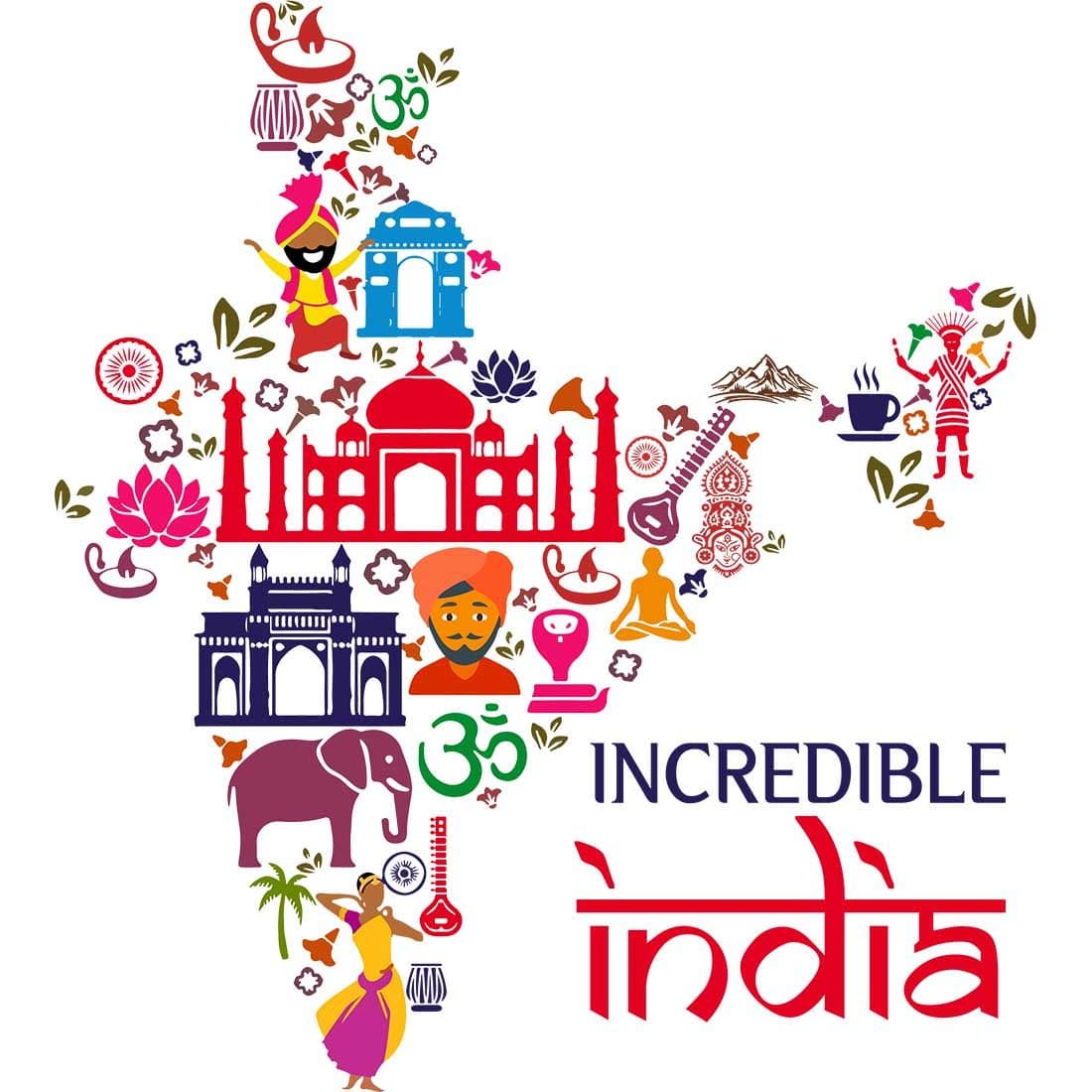North India's Famous Temples
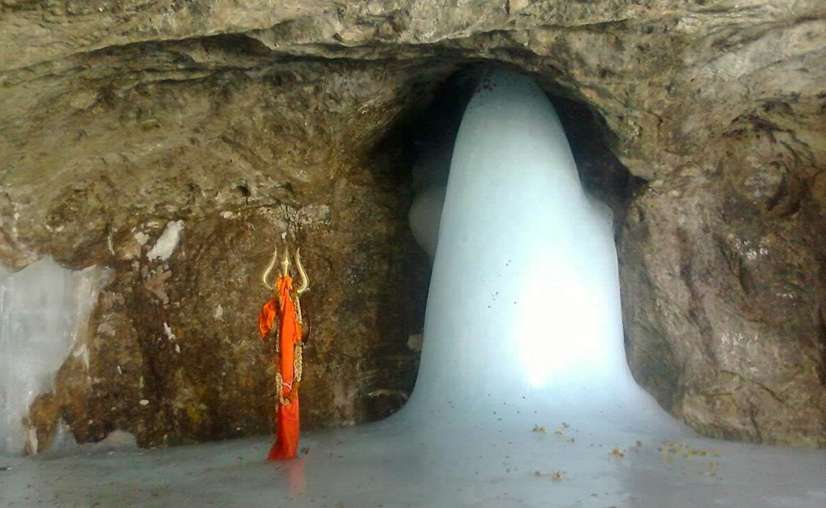

North India is home to some of the most revered temples in India, known for their divine aura, intricate architecture, and deep spiritual significance. From the snow-clad shrines of the Himalayas to the sacred banks of the Ganges, each temple tells a story of faith and devotion. Pilgrims from all over the world visit these holy sites to seek blessings, witness rituals, and experience the timeless spirituality that defines the northern region of India.
Wiki Link: North India’s Famous Temples

Kashi Vishwanath Temple
The Sacred Abode of Lord Shiva
Era: 18th Century (rebuilt in 1780)
Patron: Ahilyabai Holkar of Indore
Location: Varanasi, Uttar Pradesh
One of the holiest shrines dedicated to Lord Shiva and a core symbol of Hindu faith. Situated along the western bank of the Ganges, it embodies the city’s spiritual heartbeat. The temple’s golden spire gleams under the sun, symbolizing enlightenment and liberation.
Pilgrims believe a single darshan here ensures moksha. The chants, bells, and the fragrance of incense fill the air, creating an ethereal connection with the divine. Every corner of this sacred site resonates with centuries of devotion and mysticism.

Kedarnath Temple
The Sacred Himalayan Shrine
Era: Believed to have been built in the 8th century
Patron: Adi Shankaracharya
Location: Kedarnath, Uttarakhand
Set amidst the snow-clad Himalayas, Kedarnath Temple is one of the twelve Jyotirlingas of Lord Shiva and a cornerstone of the Char Dham Yatra. The temple’s ancient stone architecture has withstood the forces of nature for centuries. Devotees trek through rugged terrain and icy winds to seek the deity’s blessings.
The atmosphere here is both humbling and awe-inspiring, with the Mandakini River flowing nearby. Its location at such altitude represents faith that transcends physical limits. The temple stands as a symbol of endurance, purity, and divine strength.

Badrinath Temple
The Seat of Lord Vishnu
Era: Reconstructed in the 8th century
Patron: Adi Shankaracharya
Location: Chamoli district, Uttarakhand
Nestled in the Garhwal Himalayas, Badrinath Temple is one of the most revered Vishnu shrines and part of both the Char Dham and Chota Char Dham circuits. Its colorful façade against the snow-tipped peaks makes it a sight of divine beauty. Devotees come to worship Lord Badrinarayan, believed to meditate here for the welfare of humankind.
The temple’s hot springs and riverbanks add serenity to the pilgrimage experience. Legends say that visiting Badrinath frees one from the cycle of birth and death. It is a sacred blend of devotion and breathtaking Himalayan splendor.
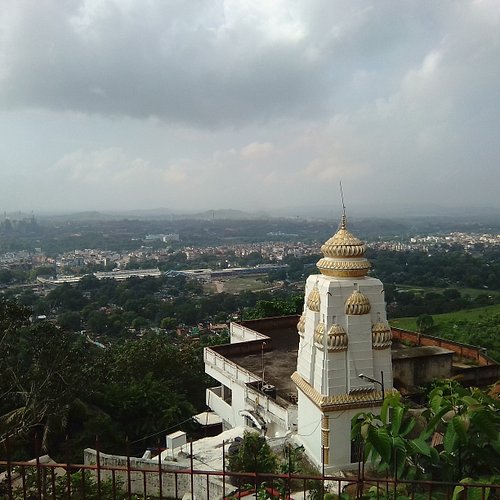
Vaishno Devi Temple
The Holy Cave of the Divine Mother
Era: Ancient; mentioned in Mahabharata
Patron: Devotees and local rulers over centuries
Location: Katra, Jammu & Kashmir
Dedicated to Goddess Vaishno Devi, this holy cave shrine draws millions of pilgrims annually. The 12-kilometer uphill trek through the Trikuta Mountains symbolizes devotion and perseverance. Inside the cave, three natural rock formations represent the goddess’s trinity—Maha Kali, Maha Lakshmi, and Maha Saraswati.
Devotees experience a deep spiritual calm upon reaching the sanctum. The temple is a manifestation of divine feminine energy and faith that transcends boundaries. The scenic route, devotional chants, and spiritual aura make it one of India’s most powerful pilgrimages.
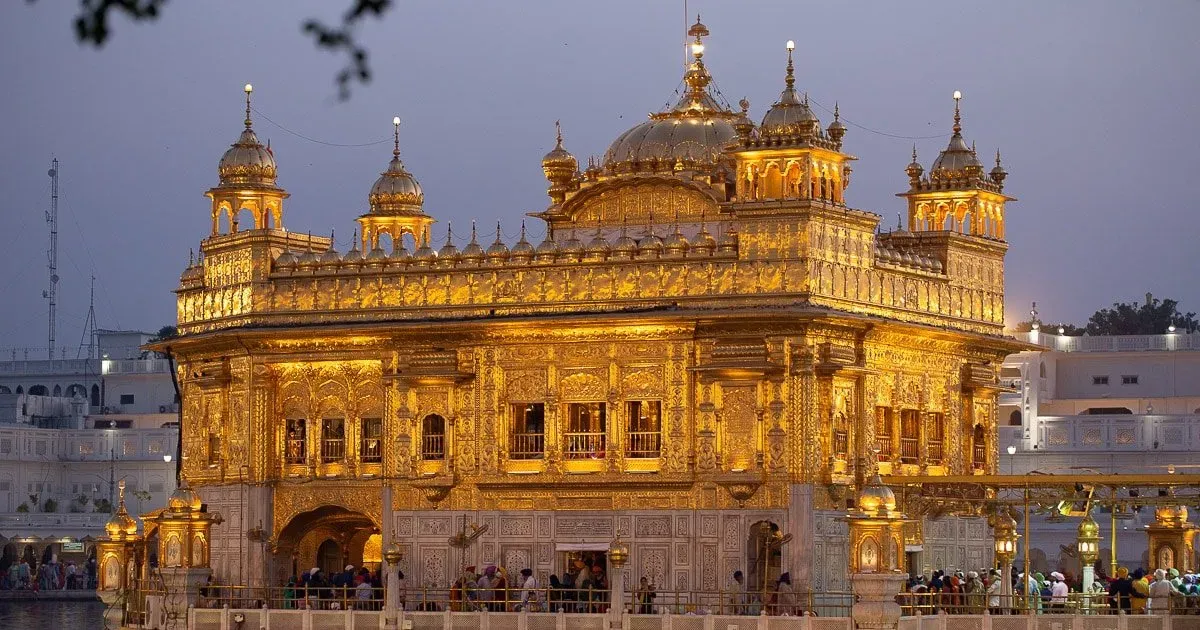
Golden Temple
The Radiant Heart of Sikhism
Subheading: The Radiant Heart of Sikhism
Era: 16th century
Patron: Guru Arjan Dev Ji
Location: Amritsar, Punjab
Stands as the supreme spiritual center for Sikhs and a universal symbol of equality. Its shimmering gold-plated sanctum, surrounded by the serene Amrit Sarovar, reflects a perfect union of devotion and architecture. The sound of Gurbani fills the air, creating a sense of eternal peace. The langar, serving thousands daily, showcases the Sikh principle of selfless service.
Visiting the temple at dawn or dusk, when its reflection glows on the water, is an unforgettable spiritual experience. It embodies unity, humility, and compassion.

Amarnath Cave Temple
The Icy Shrine of Lord Shiva
Era: Ancient; rediscovered in the 15th century
Patron: Hindu devotees and local caretakers
Location: Pahalgam, Jammu & Kashmir
One of the most sacred shrines of Lord Shiva, housing a naturally formed ice lingam that waxes and wanes with the moon. The temple sits at an altitude of 3,888 meters, surrounded by snow-clad mountains. Pilgrims undertake the challenging Amarnath Yatra to witness this divine miracle.
The legend states Lord Shiva revealed the secret of immortality to Goddess Parvati here. The trek, though arduous, rewards visitors with breathtaking views and a deeply spiritual experience unmatched elsewhere in the Himalayas.
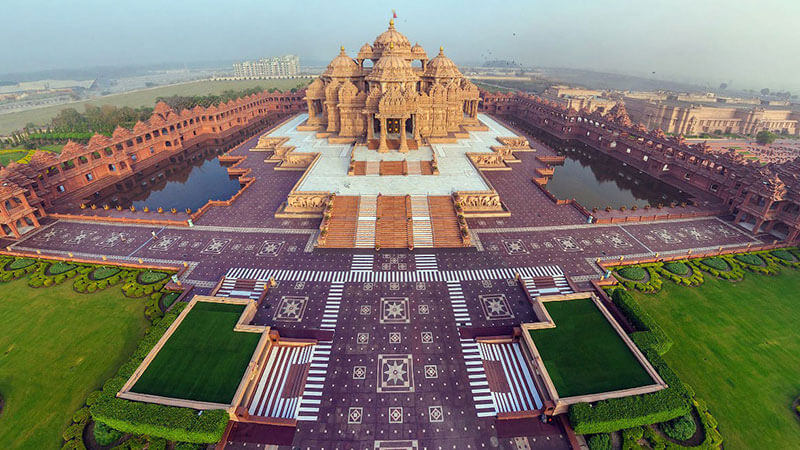
Akshardham Temple
A Modern Marvel of Spiritual Art
Era: Completed in 2005
Patron: Bochasanwasi Akshar Purushottam Swaminarayan Sanstha (BAPS)
Location: New Delhi
An architectural masterpiece that showcases India’s ancient culture through modern craftsmanship. Made of pink sandstone and white marble, the temple is adorned with 20,000 beautifully carved statues. Its exhibitions narrate India’s spiritual heritage and the life of Bhagwan Swaminarayan.
The Sahaj Anand Water Show and Yagnapurush Kund create a multi-sensory experience of peace and devotion. Surrounded by landscaped gardens and reflecting pools, it stands as a timeless symbol of faith and Indian artistry in the capital.

Sankat Mochan Hanuman Temple
The Protector and Remover of Obstacles
Era: 16th century
Patron: Saint Tulsidas
Location: Varanasi, Uttar Pradesh
Founded by the poet-saint Tulsidas, the Sankat Mochan Hanuman Temple is one of Varanasi’s most beloved shrines. Devotees believe that visiting this temple relieves them from all troubles and fears.
The air here resonates with the continuous recitation of the Hanuman Chalisa, filling the surroundings with divine energy. Tuesdays and Saturdays see a massive influx of devotees seeking the Lord’s blessings. The temple is a peaceful haven of faith and protection in the holy city.

Lotus Temple
A Symbol of Unity and Peace
Era: Completed in 1986
Patron: Bahá’í Faith
Location: New Delhi
An architectural wonder inspired by the lotus flower, symbolizing purity and harmony. It serves as a Bahá’í House of Worship open to all faiths, emphasizing unity in diversity. The marble structure’s 27 petals form nine serene entrances leading to a central hall of meditation.
Silence is the only form of worship here, fostering deep reflection and peace. The temple’s spiritual simplicity and inclusive message make it one of Delhi’s most iconic landmarks of tranquility and togetherness.

Mansa Devi Temple
The Goddess Who Grants Wishes
Era: 19th century
Patron: Local rulers and devotees
Location: Haridwar, Uttarakhand
Perched atop Bilwa Parvat, Mansa Devi Temple is dedicated to the wish-fulfilling goddess. Pilgrims tie sacred threads on a tree here, believing their prayers will come true. The ropeway ride offers panoramic views of Haridwar and the Ganges below.
The temple forms part of the trio of Siddha Peeths and holds great spiritual significance. Its serene surroundings and constant chanting of hymns create an atmosphere of divine grace. It is a must-visit for those seeking blessings, hope, and fulfillment.
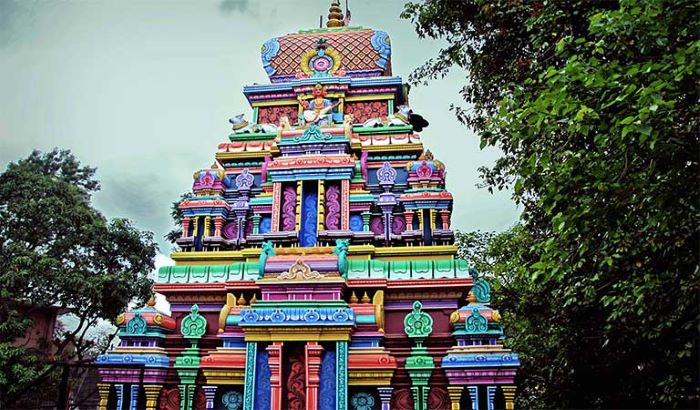
Neelkanth Mahadev Temple
The Sacred Abode of Lord Shiva
Era: Ancient, associated with the Samudra Manthan legend
Patron: Local devotees and rulers through ages
Location: Rishikesh, Uttarakhand
Nestled amid the lush forests of the Himalayas, Neelkanth Mahadev Temple is one of the most revered Shiva shrines in North India. It marks the site where Lord Shiva consumed poison during the churning of the ocean, turning his throat blue.
Surrounded by picturesque valleys and rivers, the temple offers breathtaking natural beauty alongside divine serenity. The peaceful chants and aroma of incense fill the air, making it a rejuvenating spiritual retreat. Devotees flock here year-round, especially during Maha Shivaratri.
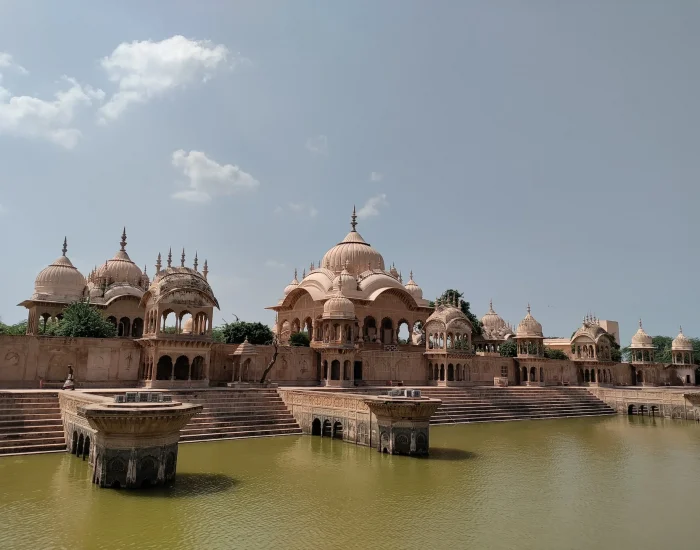
Krishna Janmabhoomi Temple
Birthplace of Lord Krishna
Era: Reconstructed multiple times; current structure from the 20th century
Patron: Devotees and regional rulers over centuries
Location: Mathura, Uttar Pradesh
Marks the exact birthplace of Lord Krishna, one of Hinduism’s most beloved deities. Set in the heart of Mathura, it is a vibrant spiritual hub buzzing with devotional energy. The temple complex includes shrines, ghats, and sacred caves that narrate Krishna’s divine life.
During Janmashtami, the entire city comes alive with celebrations, music, and dance. Visiting here connects devotees with the deep-rooted spiritual essence of the Braj region and the timeless tales of Krishna’s miracles.
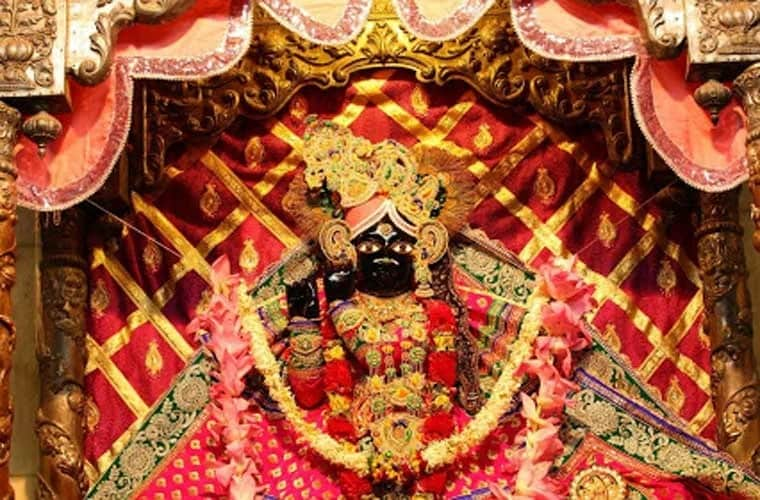
Banke Bihari Temple
The Playful Lord of Vrindavan
Era: Established in the 19th century
Patron: Swami Haridas, a devotee of Lord Krishna
Location: Vrindavan, Uttar Pradesh
One of Vrindavan’s most visited and vibrant temples dedicated to Lord Krishna. The idol of Banke Bihari, with his enchanting smile, is believed to be self-manifested. Devotees experience divine joy and emotional bliss while participating in soulful kirtans.
The temple’s unique rituals, where curtains are drawn frequently to protect devotees from the Lord’s intense energy, add to its charm. Festivals like Holi and Janmashtami here are celebrated with unmatched enthusiasm and color.

Har Ki Pauri
Gateway to the Divine Ganga
Era: Established in the 1st century BC, developed by King Vikramaditya
Patron: King Vikramaditya
Location: Haridwar, Uttarakhand
Meaning “Steps of Lord Shiva,” is one of the holiest ghats on the banks of the Ganges River. It is believed that Lord Vishnu left his footprint here, making it a sacred pilgrimage site. The evening Ganga Aarti, with thousands of diyas floating on the river, creates a mesmerizing spiritual spectacle.
Pilgrims take a holy dip to cleanse their sins and attain salvation. This ghat marks the spiritual heart of Haridwar and is an eternal symbol of faith and purity.

Naina Devi Temple
The Eye of the Divine Mother
Era: Ancient; mentioned in Hindu Puranas
Patron: Devotees and local rulers
Location: Bilaspur, Himachal Pradesh
Perched atop a hill, Naina Devi Temple is one of the 51 Shakti Peeths of Goddess Sati. Legend says her eyes fell here, making it a site of immense power and reverence. The temple offers panoramic views of Gobind Sagar Lake and the surrounding hills.
Pilgrims undertake a steep climb or ropeway ride to reach the sanctum, chanting hymns to the Mother Goddess. Its peaceful setting and divine energy make it a popular destination during Navratri and other festivals.

